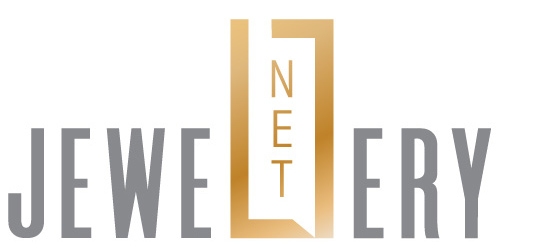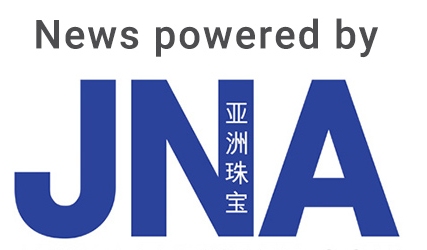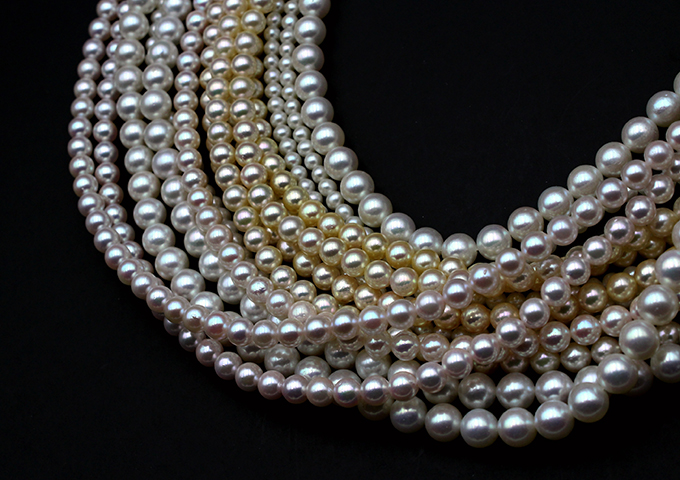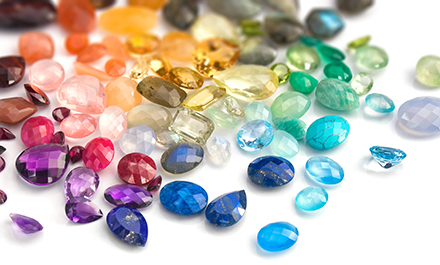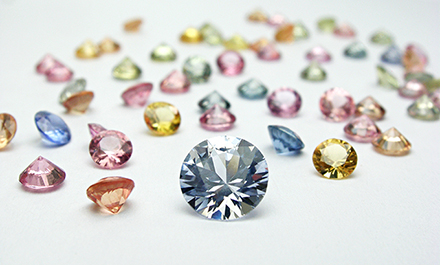Pearl producers are counting on new sources of growth alongside stronger customer engagement to support the pearl sector amid continued volatility, trade tensions and changing consumption patterns.
While the pearl industry in general exhibited incredible strength and perseverance in the first quarter of 2025, challenges remain, arising from evolving consumer demand, shifting fiscal policies and overall market instability, according to pearl companies.
To stay on top of the game, pearl traders must diversify their customer base and engage with consumers on a deeper level.
Pearl demand
According to Rio Pearl Director Terence Lee, the pearl sector showed encouraging resilience in the first three months of the year as evidenced by solid auction results and healthy prices at Rio Pearl’s auctions.
“This strong performance highlights a renewed interest and confidence in quality pearls, where demand continues to be steady,” noted Lee.
Tom Wan, manager of Wing Wo Hing Jewelry Group, also attested to a strong first quarter for the pearl trade, with the company seeing stable growth in demand across key markets.
Interest in high-quality cultured pearls was particularly high, driven by evolving consumer preferences for sustainable and ethically sourced products.
“Additionally, the growing popularity of pearls in contemporary jewellery designs further bolstered sales,” explained Wan. “Digital transformation and e-commerce platforms have also played a pivotal role in reaching new customers and expanding market reach.”
Tariffs
US President Donald Trump’s protectionist tariffs are largely contributing to mounting global uncertainties. According to Lee of Rio Pearl, tariffs added a layer of complexity to global trade.
“However, the impact has been relatively limited on our pearl sales activity,” he explained. “Our operations are primarily focused on East Asia, where demand remains strong.”
The company recorded a temporary dip in online retail orders from the US, but Lee is hoping the impact is short term.
Wan of Wing Wo Hing said he is focusing on diversifying the company’s market portfolio and strengthening relationships with buyers in other regions amid tariff concerns.
“Moreover, the continued appeal of pearls as a timeless and luxurious accessory suggests that core demand will remain resilient,” he added. “Challenges such as fluctuating trade policies and rising operational costs will require continued adaptability.”
2025 onwards
Wan remains upbeat about prospects in the pearl trade in 2025, adding that increased interest in sustainable jewellery options alongside product Innovation and expansion into emerging markets with growing disposable incomes could support growth.
At Rio Pearl, strong appetite for golden South Sea pearls and a resumption in demand from international buyers and collectors are potential growth drivers, noted Lee.
A key concern is market volatility and shifting consumer demand. Lee noted, “While East Asia remains a strong market, changes in global economic conditions, consumer preferences, and luxury spending habits, particularly among younger buyers, could influence buying patterns. We need to find new ways to connect with emerging customer bases."
